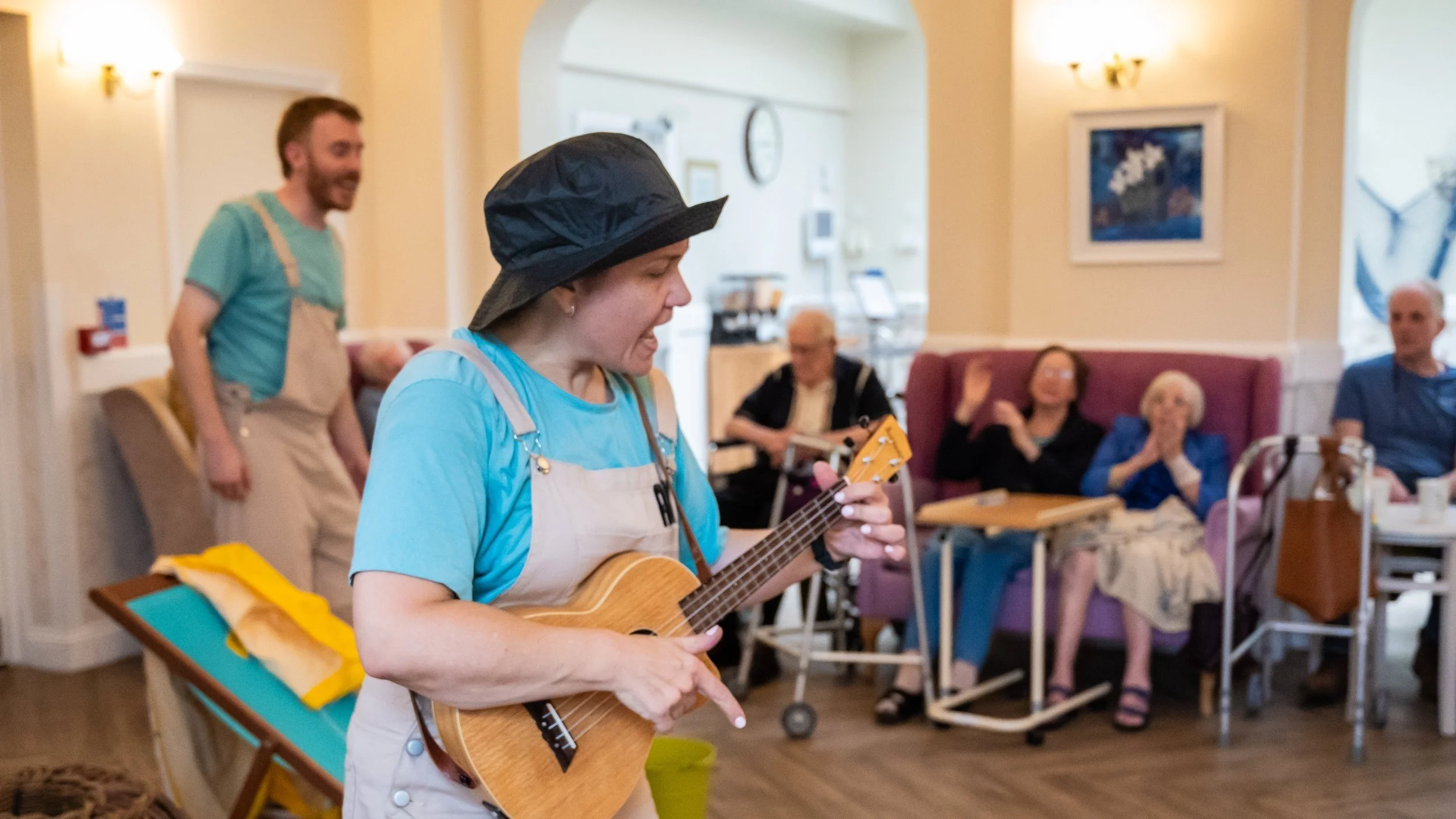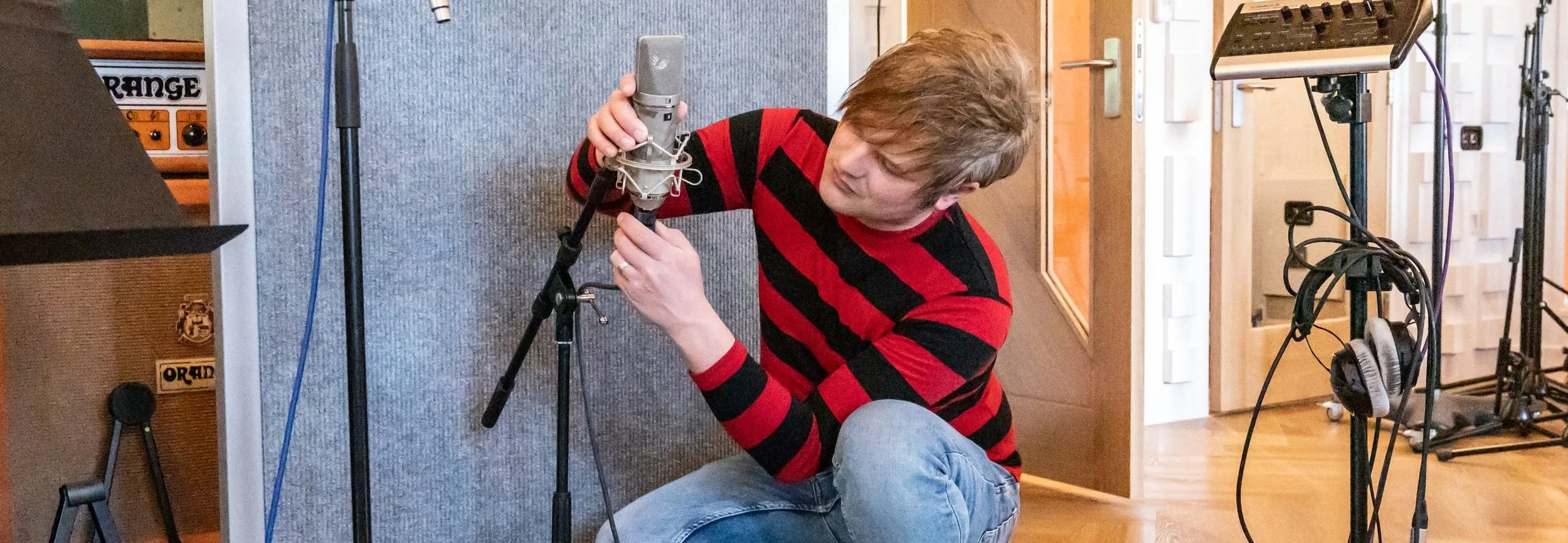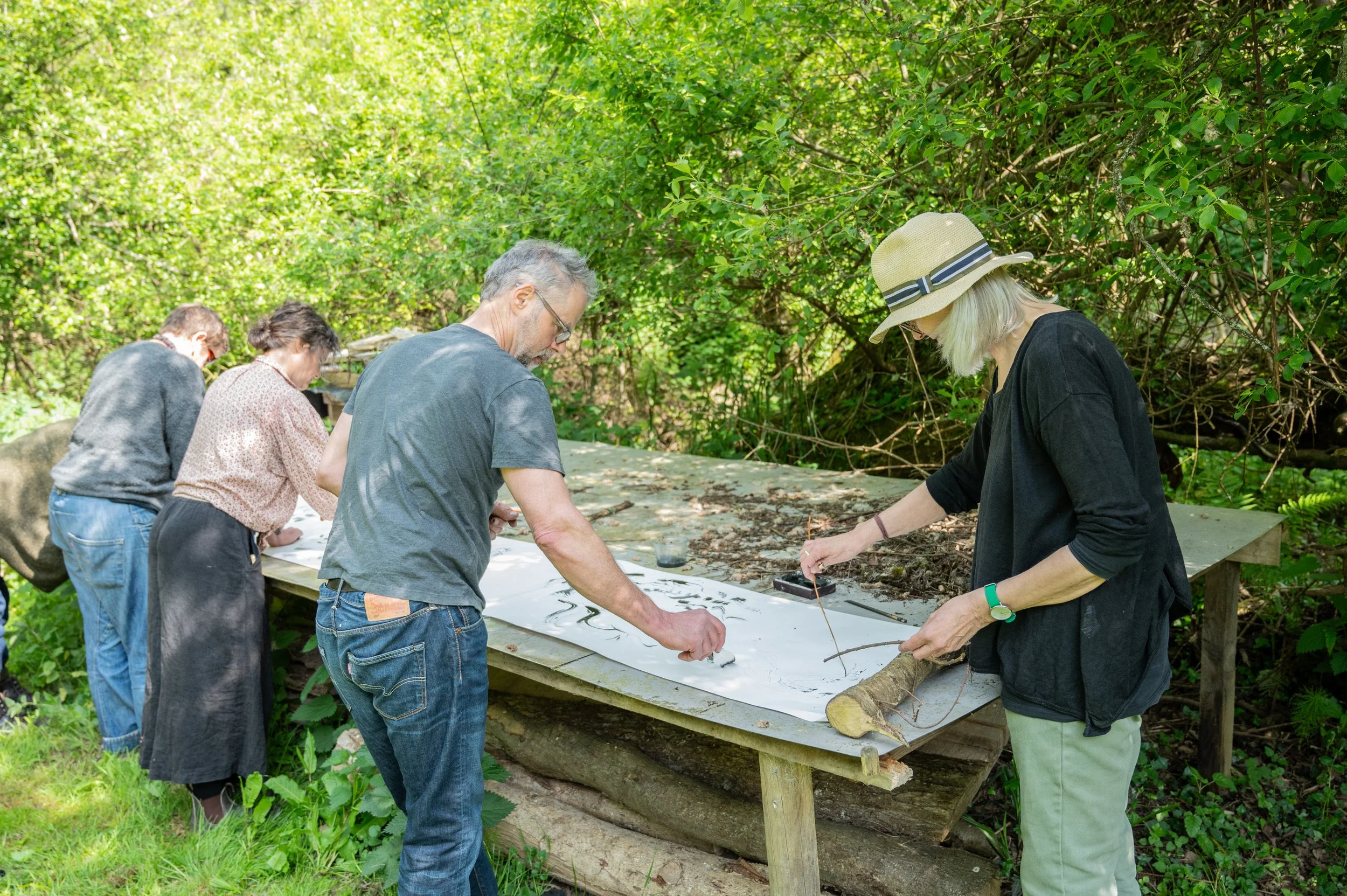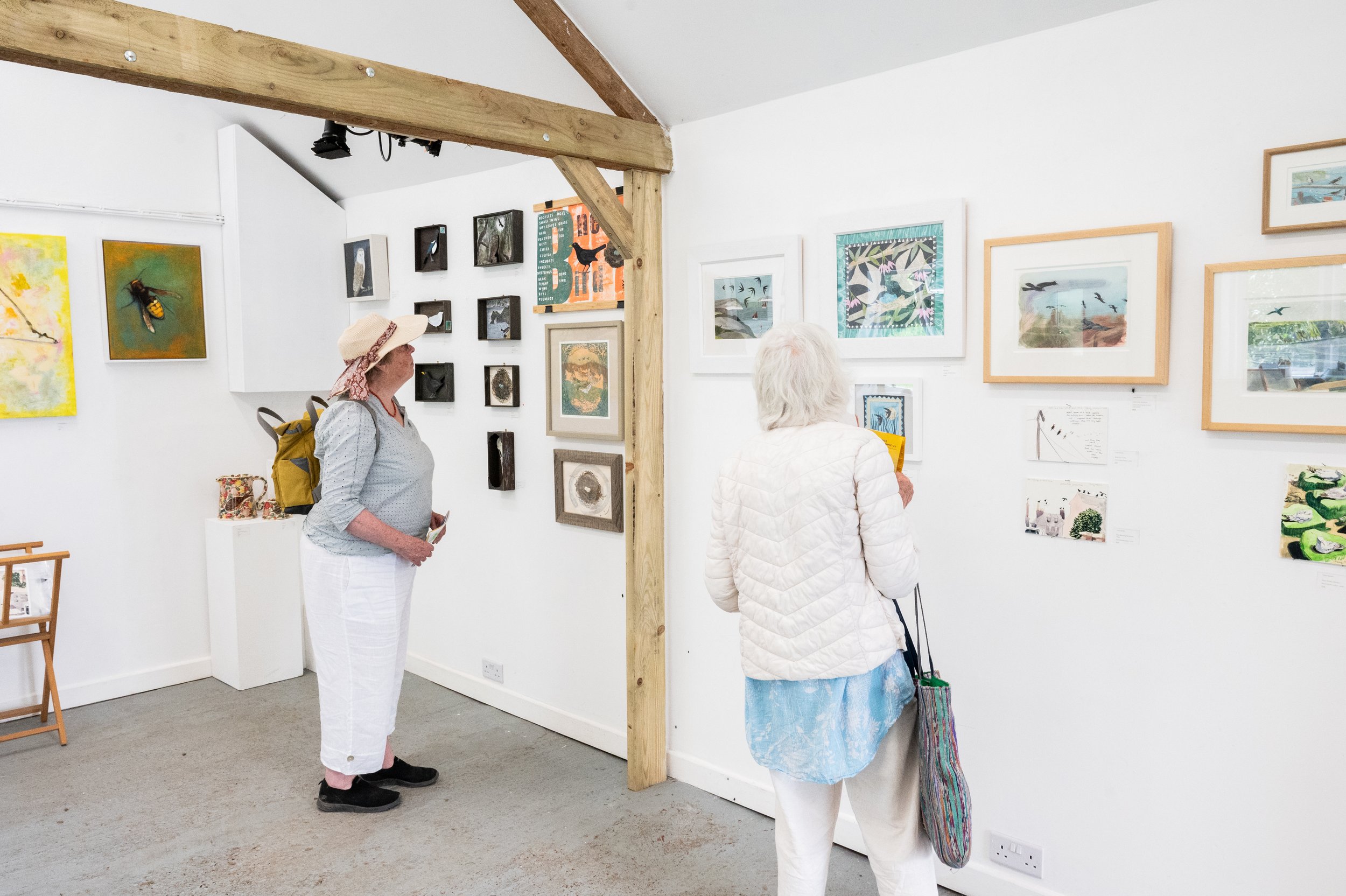Dorset’s Culture Sector Impact Report 2023-2024
Introduction from David Lockwood,
CEO of Arts Development Company
Against tough headwinds, culture is thriving in Dorset. Over the last year, almost every person in Dorset has engaged with cultural activity. From listening to music to creating art, seeing shows to visiting museums, culture is a fundamental part of how we live our lives.
Dorset is particularly blessed with hundreds of unique festivals, from the epic Camp Bestival to unique cultural events in towns and villages.
Despite this, the cultural sector is increasingly fragile. Culture relies on a professional workforce that is stretched and underpaid. It’s also heavily reliant on volunteers, a precarious position with cost-of-living pressures reducing volunteering nationally.
Image: Artist Lorna Rees at Islands of Imagination and b-side festival’s parade, by Jayne Jackson
Funding, too, is under pressure. Nationally, arts funding has reduced by 18% since 2010, whilst local government funding for culture is even starker with a 48% reduction in the same period.
In this climate, it is remarkable and worth celebrating that Dorset Council continues not only to invest in culture, but to do so through an open process for both projects and core funding. This investment leverages an incredible 3000% in additional income.
Whilst Dorset Council are a key player in the cultural sector in Dorset, it is the creatives, producers, volunteers and participants that contribute most to the cultural life of the county. Most do this with no public funding at all, putting on gigs in pubs, pantomimes at Christmas, keeping museums open and working together to create a rich and thriving community of cultural activity that makes Dorset one of the best places to live, work and visit in the country.
This report combines national and local data with in-depth case studies to provide an overview of Dorset’s cultural sector, and its impact in the county and beyond in 2023-24.
About the Report
-
External data comes from the following sources:
Participation Survey, 2023-24, Department for Digital, Culture, Media and Sport
Census, 2021, Office for National Statistics
Here, There and Everywhere, 2023, UK Music
UK Civil Society Almanac, 2023, National Council for Voluntary Organisations
Key Findings
-
Of 380,000 people living in Dorset, 353,000 physically engaged with arts activity last year, with 266,000 engaging with heritage. This equates to 93% of the population for arts, and 70% for heritage, both of which are above the national average.
Image: Brave Bold Drama by Jayne Jackson
-
Dorset is home to many festivals, large and small, and the county is known for its vibrant festival scene. From nationally-recognised festivals like Camp Bestival, bringing 30,000 visitors to Lulworth each year, to smaller village affairs that cater for residents and visitors alike and support emerging talent, there is a rich diversity that boosts tourism and the local economy.
75% of our survey respondents experienced a festival in Dorset in the last financial year, and 50% of those said their favourite cultural moment in Dorset was a festival.42.7% of survey respondents work in Festivals and Events, the highest category alongside Visual Arts.
In the South West, there were 1.1 million music tourists, totalling a spend of £683 million and employing 7,040 people.
Image: Swanage Carnival by Tazmin Richings.
-
Over the past three years, jobs in the UK’s creative industries and culture sector have declined.
80,000 jobs in culture have been lost in three years, dropping from a total of 728,000 to 648,000. (source)
In Dorset, 95% of respondents have more than one job; 91% of those had two or more jobs in the culture sector.
Short-term contracts and part-time jobs are common in culture, with workers needing a range of skills to fulfil all of their roles.
There is a dedicated community of people working in culture in Dorset. Over 65% of respondents have been working in culture for over 10 years, with almost 40% of those for more than 20 years.
However, the amount of new and emerging creatives and culture workers in Dorset is low.
Nationally, the sectors’ workforce is made up of 50.6% of people from advantaged backgrounds. This is 7% more than all UK jobs.
Image: Echotown Studio by Jayne Jackson
-
Over half the workforce for Dorset organisations are volunteers. Volunteers contribute 74,592 hours (equivalent to 3,108 days or 8½ years).
Culture and heritage’s reliance on volunteers is nationwide. In the UK, 14.2 million people volunteer through a group, club or organisation.
45% of respondents to a national survey felt heritage sector is too heavily reliant on volunteers.
The significant decrease in funding plays a key role in this. The UK now has one of the lowest levels of government spending on culture among European nations.
Image: Sandy Hill Arts by Jayne Jackson
Funding
Against a backdrop of decreased government funding for culture, particularly from local government, Dorset has bucked the trend. Nationally, since 2010, local government revenue funding for culture has decreased by 48%.
However, in 2023-24, Dorset Council maintained its culture budget and ran an open process for both core and project funding, awarding grants for 34 projects and core funding for 26 organisations.
Core funding for Dorset-based organisations leverages in £32 of additional income for each £1 from Dorset Council.
Arts Council England (ACE) and the National Lottery Heritage Fund (NLHF) are the largest funders of culture in Dorset.
Last year, ACE awarded £2.15m for 29 projects and organisations; NLHF awarded £1.07m for 8 projects. Dorset Council is the third largest funder of culture, awarding £707k last year.
Whilst spend per head from NLHF is in line with national averages, spend per head from ACE is significantly lower in Dorset.
Last year, ACE spent £5.68 per head in Dorset against a national average of £15.53.
There’s even greater disparity in Trusts and Foundations. Three large foundations – Esmee Fairbairn, Wolfson and Paul Hamlyn – awarded £133.5m to cultural projects last year but only £185k for activity in Dorset. This equates to 0.3p per head against a national average of £1.95.
Image: Islands of Imagination by Sophie Fretwell in Portland, by Jayne Jackson
Case Studies
Our four case studies have been chosen from hundreds of creative organisations and thousands of cultural projects that take place in Dorset every year. These four examples show some of the innovative ways cultural organisations are working in Dorset. They loosely map onto the four key priorities of Dorset’s cultural strategy - community, environment, economy and cultural county - though clearly their impact goes above and beyond these themes.
Please click on each image or title for the full case study.
Sandy Hill Arts
A Thriving Creative Hub in the Heart of Dorset
Islands of Imagination
Celebrating Folklore, Community, and Cross-Cultural Creativity on Portland
Shaftesbury Fringe Festival
A Grassroots Celebration of Music and Performance
Weymouth BID
Driving Culture, Community, and Commerce










